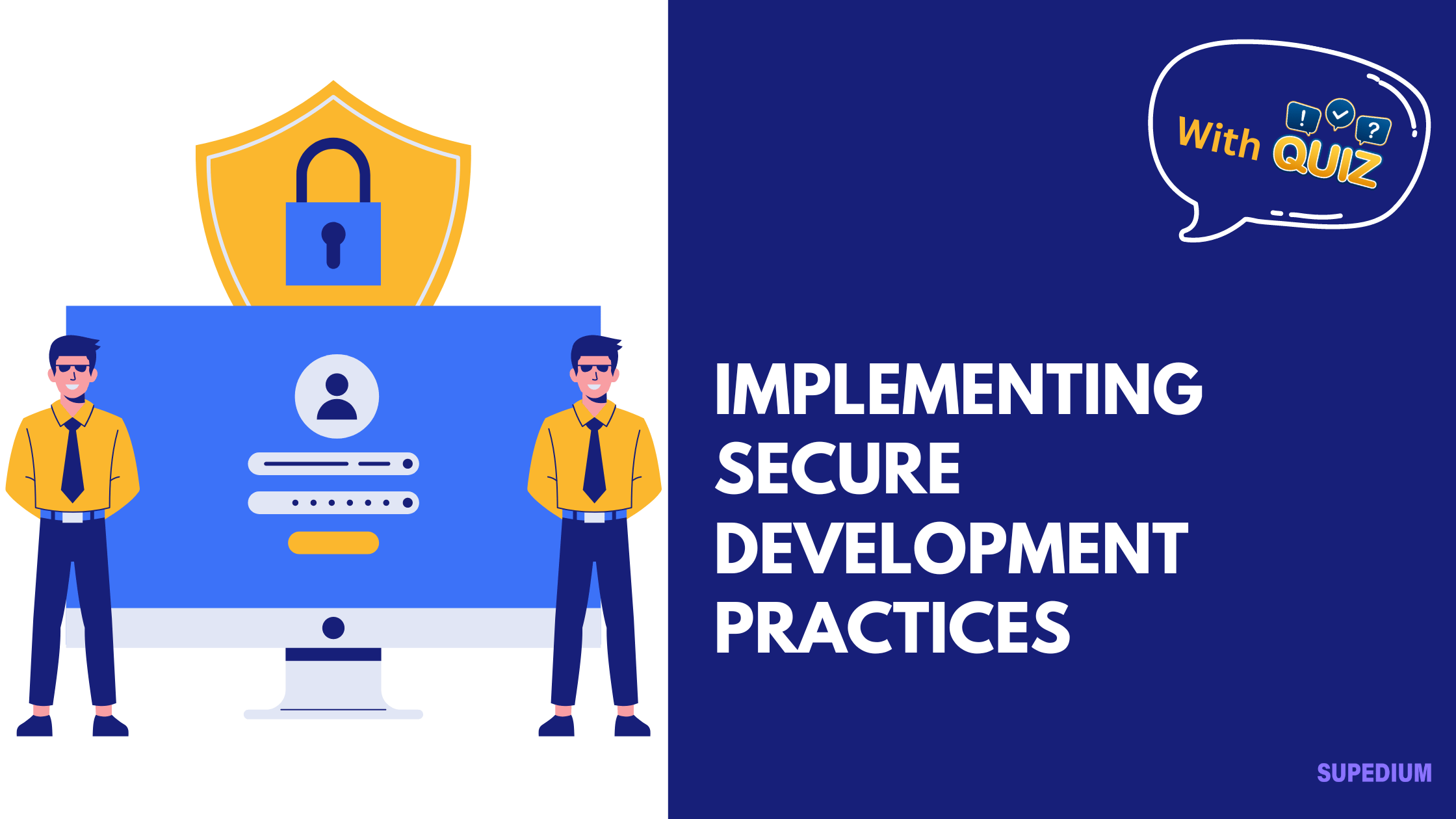Table of Contents
![]()
I. Introduction
The term Web3 refers to the next generation of the internet characterized by decentralization, where users have greater control over their data and interactions. Built on blockchain technology, Web3 aims to create a more transparent and user-centric digital ecosystem. However, as this new web evolves, it is essential to explore its implications on social inequality. While Web3 has the potential to empower marginalized communities, it also poses risks that could exacerbate existing disparities.
II. Understanding Social Inequality
A. Definition of Social Inequality
Social inequality manifests in various forms, including economic disparities, unequal access to resources such as education and healthcare, and social and cultural barriers that prevent certain groups from thriving. Understanding these facets is crucial in analyzing the impact of technological advancements.
B. Current State of Social Inequality
Globally, social inequality remains a pressing issue. Reports indicate widening gaps in wealth distribution, with the richest individuals accumulating wealth at unprecedented rates, while marginalized populations struggle for basic necessities. Technology often serves as both a tool for advancement and a barrier to access, particularly for underprivileged groups.
III. The Promise of Web3
A. Empowerment Through Decentralization
Web3 introduces a paradigm shift in how individuals interact with technology. By decentralizing control, users can own and manage their data without intermediaries. This shift promises to democratize finance through Decentralized Finance (DeFi), allowing individuals to engage in financial activities previously limited to established institutions.
B. Opportunities for Marginalized Communities
Web3 opens new economic avenues, such as non-fungible tokens (NFTs) and microfinance platforms, which can provide unique opportunities for artists and entrepreneurs from underserved backgrounds. These innovations enable access to global markets and funding sources that were previously out of reach.
IV. The Risks of Web3
A. Technological Barriers
Despite its potential, Web3 is not without challenges. High levels of digital literacy are required to navigate decentralized platforms, which can exclude those who lack access to technology or education. Moreover, the need for reliable internet and hardware can further entrench existing divides.
B. Economic Barriers
Many Web3 initiatives involve initial investments, such as purchasing cryptocurrency or covering transaction fees, which can be prohibitive for low-income individuals. Additionally, the speculative nature of crypto markets poses significant risks, leading to potential financial losses that can disproportionately affect vulnerable populations.
C. Regulatory Challenges
The lack of comprehensive regulatory frameworks for Web3 poses further risks. Without sufficient protections, individuals may fall victim to scams or fraudulent schemes, undermining the foundational goals of decentralization and security.
V. Case Studies
A. Positive Examples of Web3 Addressing Inequality
Certain Web3 projects illustrate how technology can empower marginalized communities. For instance, decentralized platforms facilitating microloans have emerged in developing regions, enabling individuals to access funds without traditional banking hurdles. These initiatives often leverage community engagement to ensure that benefits reach those who need them most.
B. Negative Outcomes and Challenges
Conversely, the rise of Web3 has also seen instances of exploitation. Vulnerable populations may be targeted by scams promising high returns on investments. These experiences highlight the need for vigilance and education to protect users in an unregulated environment.
VI. Strategies for Inclusive Web3 Development
A. Education and Awareness
To bridge the gap in digital literacy, initiatives aimed at educating individuals about blockchain and cryptocurrency are essential. Resources that demystify technology and provide training can empower users to navigate the Web3 landscape effectively.
B. Community Engagement
Involving marginalized voices in Web3 projects is crucial for ensuring that their needs are met. Building inclusive governance models that prioritize community input can foster a more equitable digital ecosystem.
C. Policy Recommendations
Creating supportive regulations is necessary to protect users in the Web3 space. Policymakers should encourage fair access to technology and promote initiatives that address economic and social disparities, ensuring that the benefits of Web3 are shared widely.
VII. Future Outlook
A. Potential Trends in Web3 and Social Inequality
As Web3 continues to evolve, trends such as the integration of artificial intelligence and machine learning could reshape its landscape. However, these advancements must be approached with caution, as they could further deepen existing inequalities if not implemented inclusively.
B. The Importance of Ethical Considerations
Building a fair and just digital economy will require ongoing dialogue about ethical considerations in technology. Stakeholders must prioritize long-term societal impacts over short-term profits to create a Web3 that uplifts all communities.
VIII. Conclusion
In summary, Web3 presents both opportunities and challenges in addressing social inequality. While it holds the potential to empower marginalized groups and create a more inclusive digital landscape, it also carries risks that could exacerbate existing disparities. Collaborative efforts among individuals, businesses, and governments are essential to ensure that Web3 serves as a tool for equity and empowerment.
Share This





Be the first to comment